Home>Gardening & Outdoor>Landscaping Ideas>How To Melt Snow On Grass
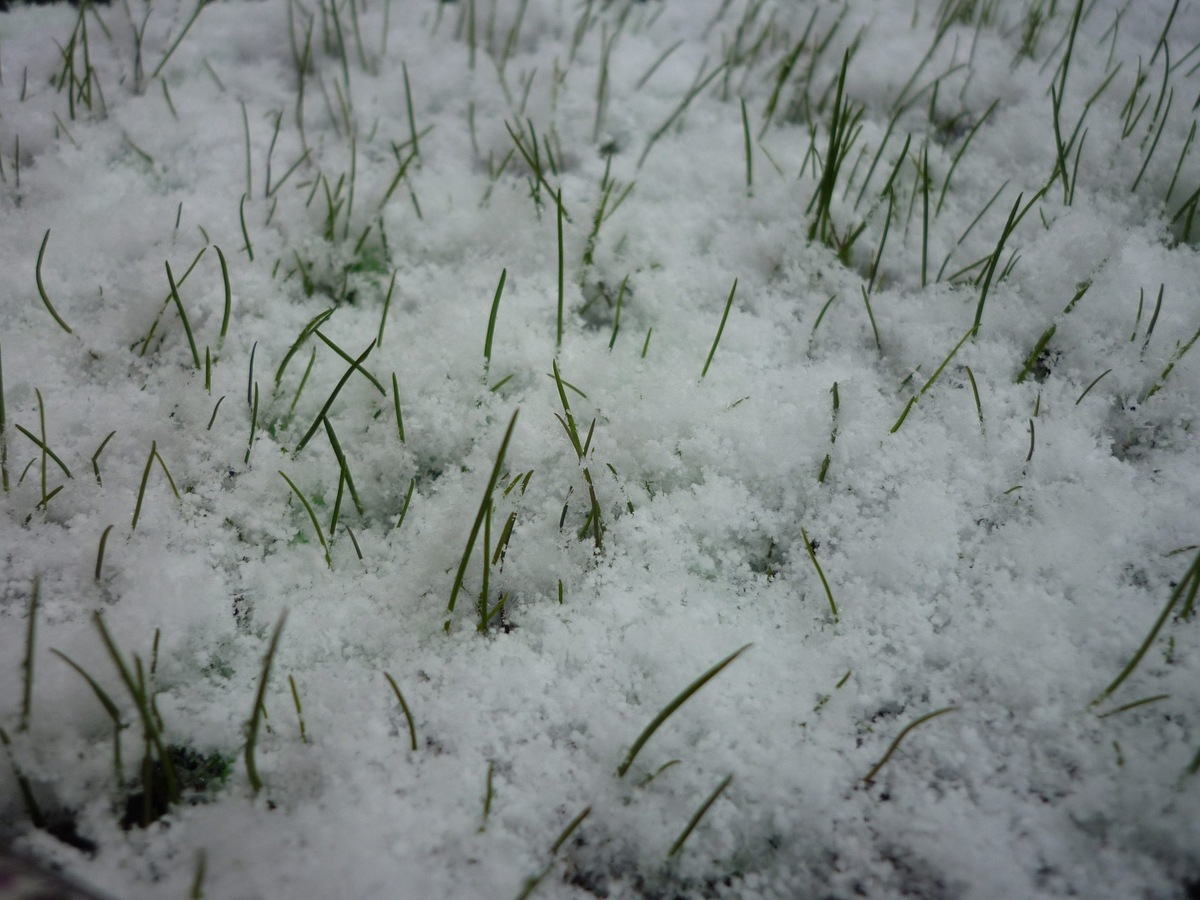

Landscaping Ideas
How To Melt Snow On Grass
Published: January 25, 2024
Learn effective landscaping ideas to safely melt snow on grass without damaging your lawn. Discover expert tips and techniques for snow removal. Ideal for homeowners and property managers.
(Many of the links in this article redirect to a specific reviewed product. Your purchase of these products through affiliate links helps to generate commission for Storables.com, at no extra cost. Learn more)
Introduction
Snow can transform a landscape into a winter wonderland, but it can also pose challenges for maintaining a healthy lawn. When snow accumulates on grass, it can create a barrier that prevents sunlight, air, and moisture from reaching the underlying turf. As a result, the grass may become stressed, and in severe cases, it can even die. Therefore, it is essential to understand how to effectively melt snow on grass to protect its health and vitality.
In this comprehensive guide, we will explore various methods for safely melting snow on grass, including the use of chemical deicers and natural remedies. Additionally, we will discuss preventive measures to minimize potential damage to the grass during the snow melting process. By implementing these strategies, homeowners and landscaping enthusiasts can ensure that their grass remains resilient and lush, even in the face of winter's icy grip.
Understanding the impact of snow on grass and learning how to mitigate its effects is crucial for preserving the beauty and functionality of outdoor spaces. With the right approach, it is possible to safeguard the health of the grass while embracing the enchanting allure of a snowy landscape. Let's delve into the intricacies of snow melting techniques and discover how to protect and nurture grass during the winter season.
Key Takeaways:
- Snow can harm grass by blocking sunlight and creating a damp environment. Using chemical deicers like calcium chloride can melt snow, but it’s important to use them carefully to avoid damaging the grass.
- Natural remedies like sand and kitty litter can also melt snow on grass without harming it. Removing excess snow and avoiding foot traffic on snow-covered grass can help protect the grass during the melting process.
Understanding the Effects of Snow on Grass
Snow can have a significant impact on the health and appearance of grass, especially when it accumulates for extended periods. As a protective layer, snow can insulate the grass from extreme cold, acting as a natural barrier against harsh winter conditions. However, prolonged snow cover can also lead to detrimental effects on the underlying turf.
When snow blankets the grass, it restricts access to essential elements that are vital for the grass's well-being. Sunlight, a crucial component for photosynthesis, is obstructed, depriving the grass of the energy it needs to thrive. Additionally, the lack of air circulation and moisture exchange beneath the snow layer can create a damp, stagnant environment that is conducive to disease development and mold growth.
As the snow melts, the water can saturate the soil, leading to excessive moisture levels that may promote fungal diseases and root rot. Furthermore, the weight of accumulated snow can compact the soil, potentially causing damage to the grass roots and impeding their ability to absorb nutrients and water.
In regions where snow persists for prolonged periods, the grass may experience "snow mold," a fungal disease that thrives in cold, wet conditions. Snow mold can manifest as pink or gray patches on the grass, signaling the presence of fungal activity that can harm the turf's health and aesthetics.
Understanding these effects is crucial for implementing effective snow melting strategies that minimize the impact on the grass. By being aware of the potential risks associated with snow accumulation, homeowners and landscapers can take proactive measures to protect the grass and promote its resilience in the face of winter challenges.
By comprehending the intricate interplay between snow and grass, individuals can make informed decisions regarding snow removal and lawn care practices, ensuring that the grass remains vibrant and robust throughout the winter season.
Methods for Melting Snow on Grass
When it comes to melting snow on grass, there are several effective methods that homeowners and landscapers can employ to safeguard the health and vitality of the turf. By choosing the right approach, it is possible to mitigate the potential damage caused by snow accumulation and promote the grass's resilience throughout the winter season.
Using Chemical Deicers
One of the most common methods for melting snow on grass involves the use of chemical deicers. These products are designed to accelerate the melting process by lowering the freezing point of water, thereby facilitating the removal of snow and ice from the grass. Calcium chloride and magnesium chloride are popular choices for deicing, as they are effective at melting snow and ice even in subfreezing temperatures.
When using chemical deicers on grass, it is essential to exercise caution to prevent potential harm to the turf. Applying excessive amounts of deicer or using products that contain harmful chemicals can lead to damage to the grass and surrounding vegetation. Therefore, it is crucial to follow the manufacturer's guidelines and apply the deicer sparingly to minimize the risk of adverse effects on the grass.
Using Natural Remedies
In addition to chemical deicers, natural remedies can also be employed to melt snow on grass in an eco-friendly and sustainable manner. For instance, spreading sand or kitty litter on the snow-covered grass can provide traction and aid in the melting process. These materials help to absorb sunlight and generate heat, accelerating the snow's melting while minimizing potential harm to the grass.
Furthermore, utilizing organic materials such as alfalfa meal or organic fertilizers can contribute to snow melting by promoting heat absorption and aiding in the decomposition of snow and ice. These natural remedies offer a gentle yet effective approach to snow removal, ensuring that the grass remains unharmed while the snow gradually dissipates.
Read more: What Is Snow Mold In Grass
Preventing Damage to Grass while Melting Snow
Regardless of the chosen method for melting snow on grass, it is essential to take proactive measures to prevent potential damage to the turf. Shoveling or using a snow blower to remove excessive snow before applying deicers or natural remedies can help minimize the impact on the grass. Additionally, avoiding excessive foot traffic on snow-covered grass can prevent compaction and reduce the risk of damage to the turf.
By carefully considering the available methods for melting snow on grass and implementing preventive measures, homeowners and landscapers can effectively protect the grass from the adverse effects of snow accumulation. With a thoughtful and strategic approach, it is possible to maintain a healthy and vibrant lawn, even in the midst of winter's icy embrace.
Using Chemical Deicers
Chemical deicers are a popular and effective solution for melting snow on grass, especially in regions where snow accumulation poses a significant challenge to lawn maintenance. These products are specifically formulated to lower the freezing point of water, facilitating the melting of snow and ice on various surfaces, including grassy areas. Among the commonly used chemical deicers, calcium chloride and magnesium chloride stand out for their ability to accelerate the snow melting process, even in subfreezing temperatures.
When applying chemical deicers on grass, it is crucial to exercise caution and adhere to recommended guidelines to prevent potential harm to the turf. Overapplication of deicers or the use of products containing harmful chemicals can lead to damage to the grass and surrounding vegetation. Therefore, it is essential to apply the deicer sparingly and in accordance with the manufacturer's instructions to minimize the risk of adverse effects on the grass.
Calcium chloride, known for its rapid ice-melting capabilities, is often favored for its effectiveness in colder temperatures. It generates heat as it dissolves, accelerating the melting process and facilitating the removal of snow and ice from grassy areas. Similarly, magnesium chloride exhibits impressive snow-melting properties and is considered less damaging to vegetation compared to other deicing salts, making it a preferred choice for protecting grass and plants.
In addition to their snow-melting capabilities, chemical deicers can also aid in preventing the formation of ice dams, which can pose structural and safety hazards. By effectively melting snow and ice on grass, these deicers contribute to minimizing the risk of ice dam formation, safeguarding the integrity of outdoor spaces and structures.
By leveraging the benefits of chemical deicers, homeowners and landscapers can effectively address snow accumulation on grass while minimizing potential damage to the turf. When used responsibly and in moderation, chemical deicers serve as valuable tools for maintaining the health and resilience of grassy areas throughout the winter season. With proper application and consideration for environmental impact, chemical deicers can play a pivotal role in preserving the beauty and functionality of outdoor landscapes, ensuring that the grass remains vibrant and unharmed even in the face of winter's icy challenges.
Using Natural Remedies
When it comes to melting snow on grass in an eco-friendly and sustainable manner, natural remedies offer a gentle yet effective approach. These remedies provide homeowners and landscapers with alternative methods for snow removal that prioritize the well-being of the grass and the surrounding environment.
One natural remedy for melting snow on grass involves the use of sand or kitty litter. These materials can be spread over the snow-covered grass to provide traction and aid in the melting process. By absorbing sunlight and generating heat, sand and kitty litter contribute to the gradual dissipation of snow and ice while minimizing potential harm to the grass. This approach is particularly beneficial for individuals seeking environmentally conscious solutions for snow removal.
In addition to sand and kitty litter, organic materials such as alfalfa meal and organic fertilizers can also be utilized to facilitate the melting of snow on grass. These natural remedies promote heat absorption and aid in the decomposition of snow and ice, offering a sustainable and gentle approach to snow removal. By harnessing the natural properties of these organic materials, homeowners and landscapers can effectively melt snow on grass while nurturing the health and vitality of the turf.
Furthermore, the use of natural remedies for snow melting aligns with sustainable landscaping practices, emphasizing the importance of minimizing environmental impact while maintaining outdoor spaces. By incorporating these eco-friendly methods into snow removal strategies, individuals can contribute to the preservation of the natural ecosystem and promote the long-term health of the grass and surrounding vegetation.
By leveraging natural remedies for snow melting, homeowners and landscapers can embrace a holistic approach to lawn care that prioritizes environmental sustainability and the well-being of the grass. These gentle yet effective methods offer a compelling alternative to traditional snow removal techniques, allowing individuals to protect and nurture their outdoor landscapes while minimizing their ecological footprint.
In summary, natural remedies for melting snow on grass provide a sustainable and environmentally conscious approach to snow removal, ensuring that the grass remains unharmed while the snow gradually dissipates. By embracing these eco-friendly methods, individuals can uphold the health and resilience of their outdoor spaces, fostering a harmonious coexistence between nature and human intervention.
One way to melt snow on grass is to spread a layer of dark-colored mulch or compost over the snow. The dark color will absorb sunlight and help to melt the snow more quickly.
Preventing Damage to Grass while Melting Snow
Preventing damage to grass while melting snow is essential for maintaining the health and vitality of the turf during the winter season. By implementing proactive measures and exercising care during the snow melting process, homeowners and landscapers can minimize potential harm to the grass and promote its resilience. Here are effective strategies for safeguarding the grass while melting snow:
-
Snow Removal: Before applying deicers or natural remedies, it is advisable to remove excessive snow from grassy areas using a shovel or snow blower. By reducing the snow accumulation, homeowners can minimize the impact on the grass and facilitate a more efficient melting process. Additionally, clearing the snow helps prevent compaction and reduces the risk of damage to the turf.
-
Moderate Application: When using chemical deicers, it is crucial to apply the products sparingly and in accordance with the manufacturer's guidelines. Overapplication of deicers can lead to potential damage to the grass and surrounding vegetation. By exercising moderation and precision in the application of deicing products, homeowners can effectively melt snow while safeguarding the health of the grass.
-
Avoiding Foot Traffic: During the snow melting process, it is advisable to avoid excessive foot traffic on snow-covered grass. Compacted snow can exert pressure on the grass and soil, potentially causing damage to the turf. By minimizing foot traffic on snow-covered areas, homeowners can protect the grass from compaction and reduce the risk of harm to the turf.
-
Environmental Considerations: When selecting deicing products or natural remedies, it is important to consider their environmental impact. Opting for eco-friendly deicers and natural materials that are gentle on the grass and the surrounding ecosystem can contribute to sustainable snow melting practices. By prioritizing environmental considerations, homeowners can ensure that the snow melting process aligns with responsible landscaping practices.
-
Monitoring and Maintenance: After the snow has melted, it is essential to assess the condition of the grass and address any potential damage or areas of concern. Conducting regular inspections and implementing appropriate maintenance measures, such as aerating and overseeding, can help rejuvenate the grass and promote its recovery after the snow melting process.
By incorporating these preventive measures into the snow melting process, homeowners and landscapers can effectively protect the grass from potential damage while ensuring that the turf remains resilient and healthy throughout the winter season. With careful planning and proactive care, it is possible to maintain a vibrant and lush lawn, even in the presence of snow and ice.
Conclusion
In conclusion, effectively melting snow on grass is essential for preserving the health and vitality of the turf during the winter season. By understanding the impact of snow on grass and implementing appropriate snow melting strategies, homeowners and landscapers can safeguard the beauty and functionality of outdoor spaces while promoting the resilience of the grass.
The detrimental effects of snow accumulation on grass, including restricted access to sunlight, air, and moisture, underscore the importance of proactive snow melting measures. Prolonged snow cover can create a damp, stagnant environment that is conducive to disease development and mold growth, posing significant risks to the grass's well-being. Additionally, the weight of accumulated snow can compact the soil and lead to potential damage to the grass roots, further emphasizing the need for effective snow melting techniques.
Chemical deicers and natural remedies offer valuable options for melting snow on grass. While chemical deicers such as calcium chloride and magnesium chloride provide rapid snow melting capabilities, it is crucial to apply them responsibly to minimize potential harm to the grass and surrounding vegetation. On the other hand, natural remedies, including sand, kitty litter, and organic materials, offer eco-friendly alternatives for snow removal, prioritizing the health of the grass and the environment.
Preventive measures, such as snow removal, moderate application of deicers, avoiding foot traffic on snow-covered grass, and considering environmental impact, play a pivotal role in protecting the grass while melting snow. By incorporating these strategies into the snow melting process, homeowners and landscapers can minimize potential damage to the turf and promote its resilience throughout the winter season.
In essence, the effective melting of snow on grass requires a thoughtful and strategic approach that balances the removal of snow and ice with the preservation of the grass's health. By embracing environmentally conscious practices and exercising care during the snow melting process, individuals can ensure that their outdoor landscapes remain vibrant and lush, even in the face of winter's icy challenges. With a commitment to responsible snow melting techniques, homeowners and landscapers can uphold the beauty and functionality of their outdoor spaces while nurturing the long-term health of the grass and surrounding vegetation.
Frequently Asked Questions about How To Melt Snow On Grass
Was this page helpful?
At Storables.com, we guarantee accurate and reliable information. Our content, validated by Expert Board Contributors, is crafted following stringent Editorial Policies. We're committed to providing you with well-researched, expert-backed insights for all your informational needs.
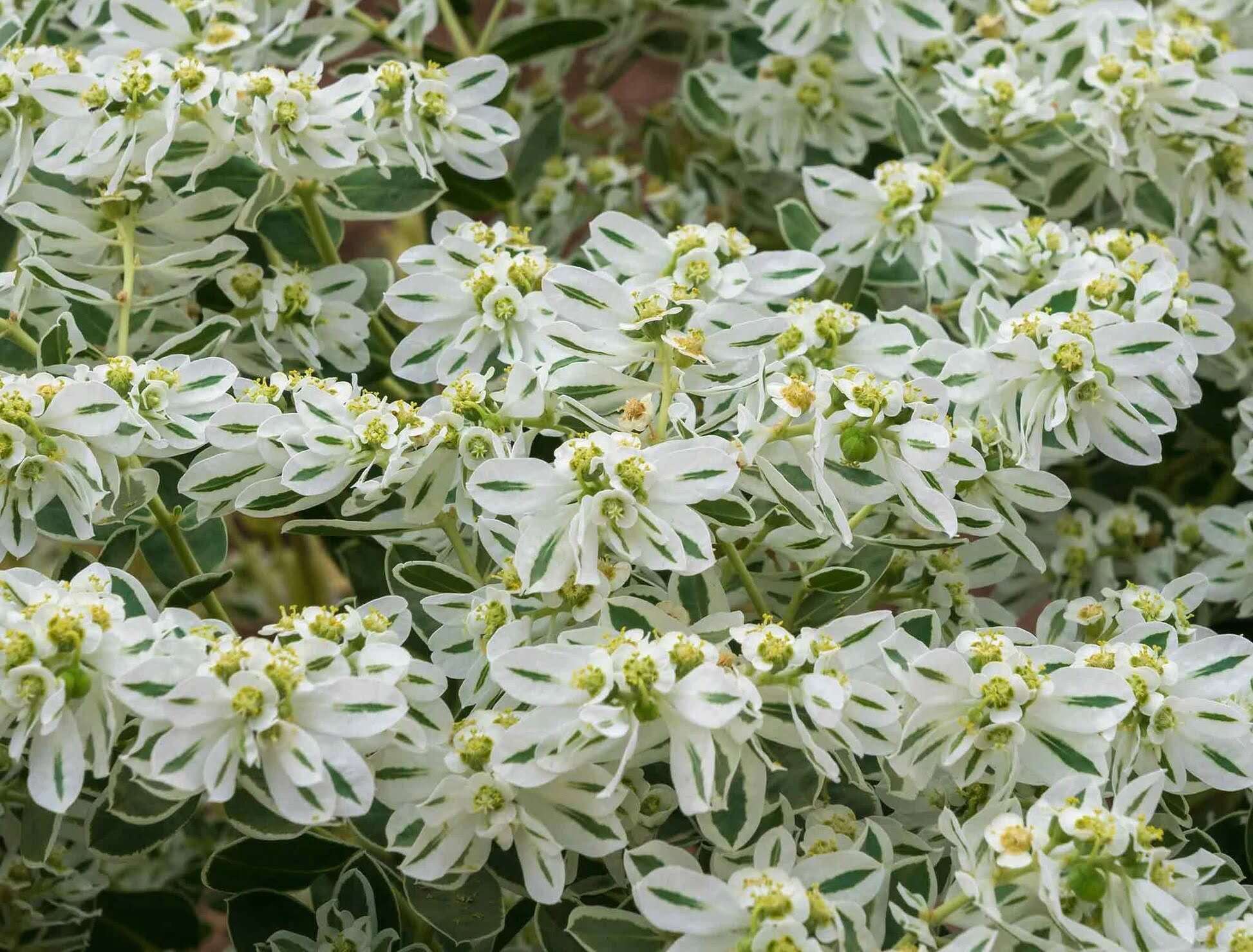
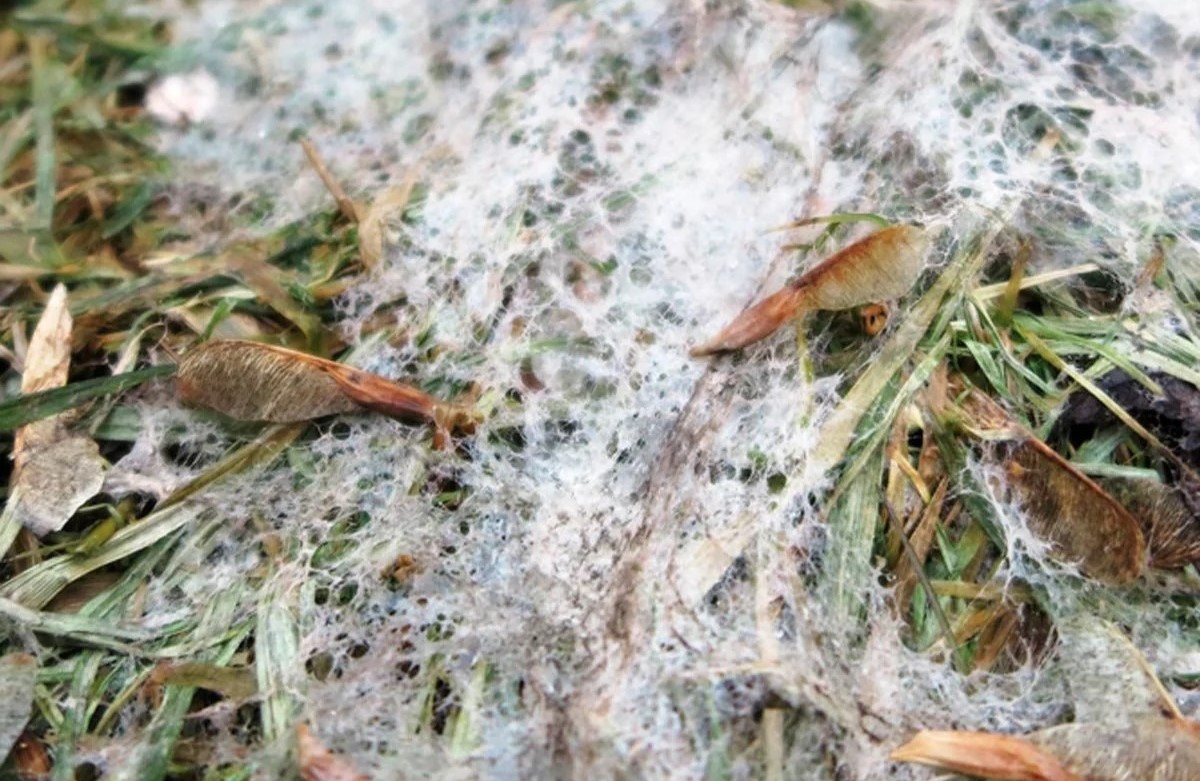
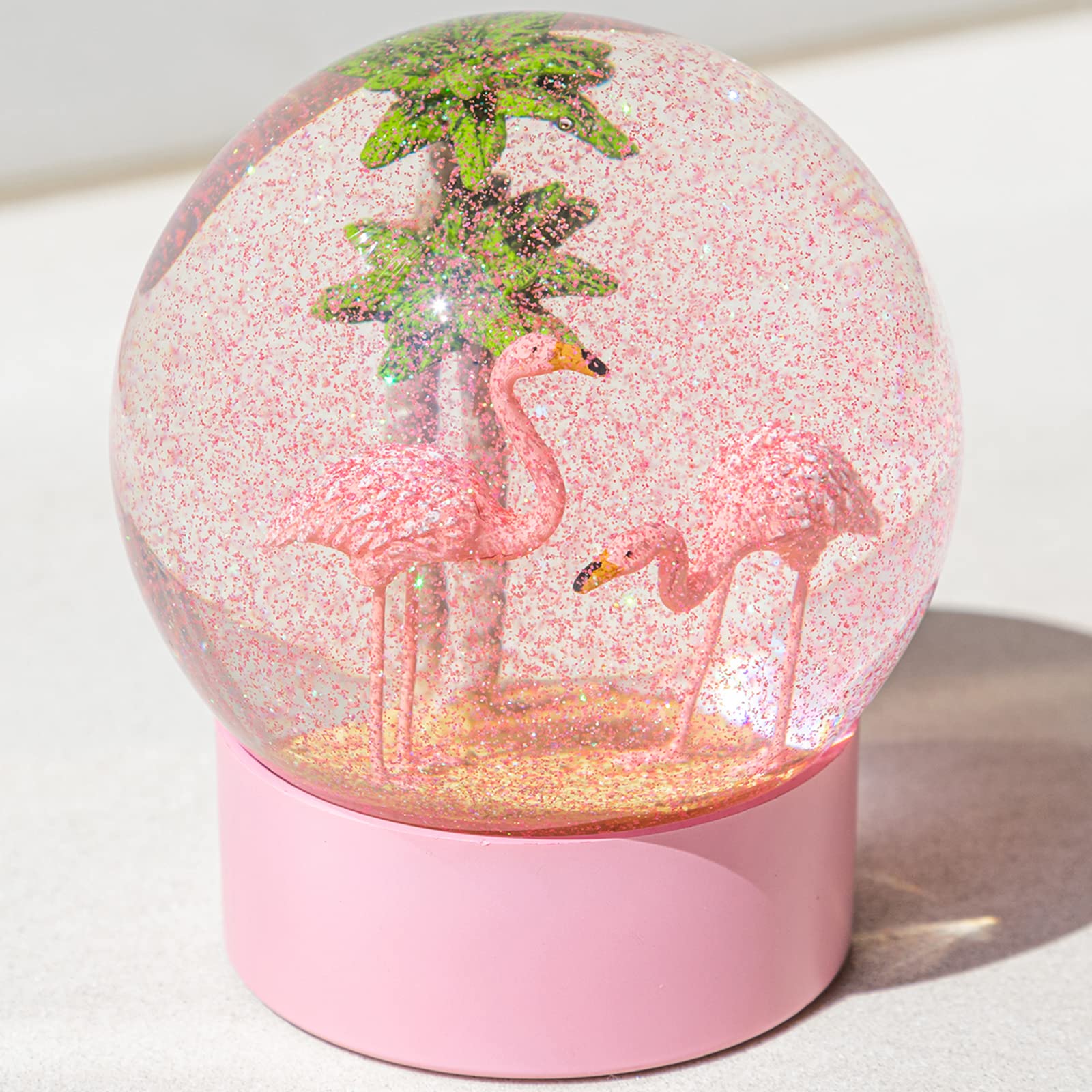
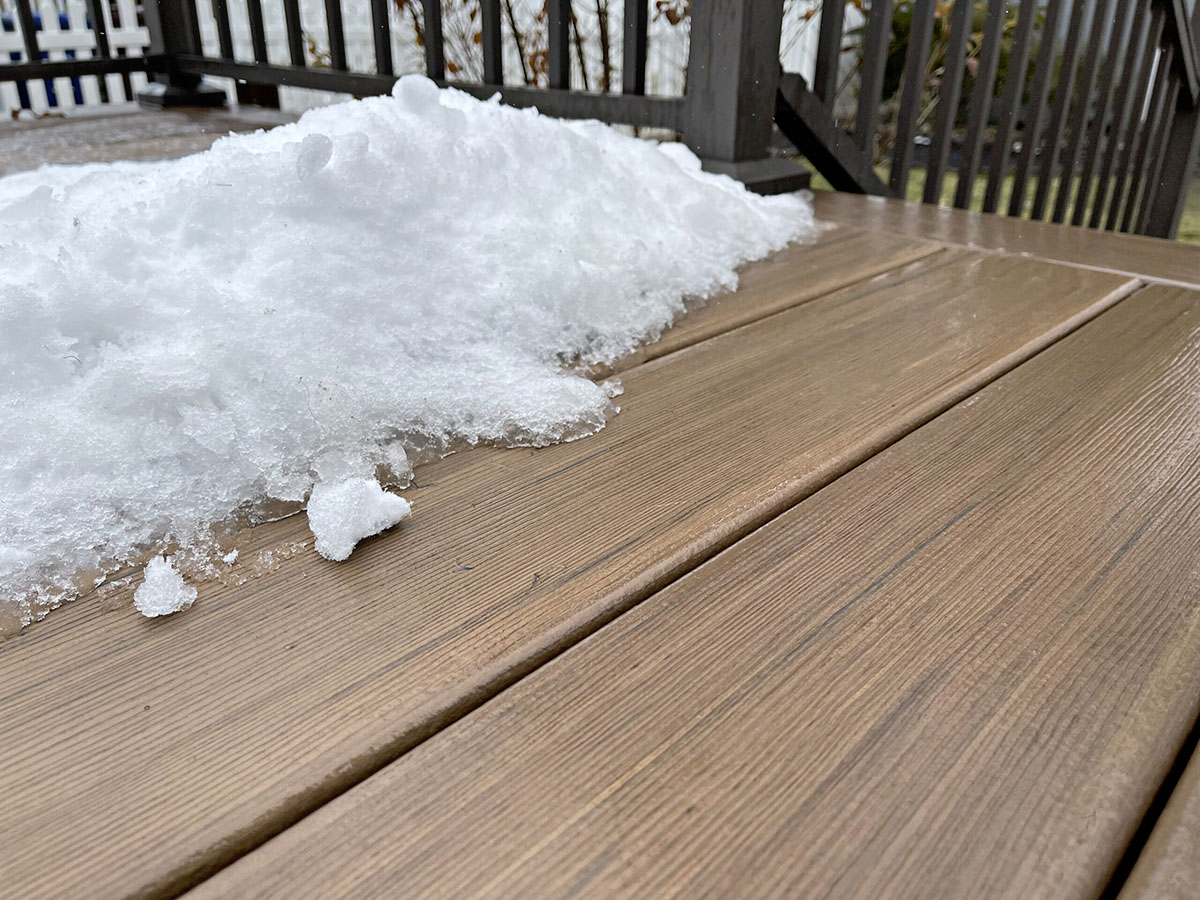
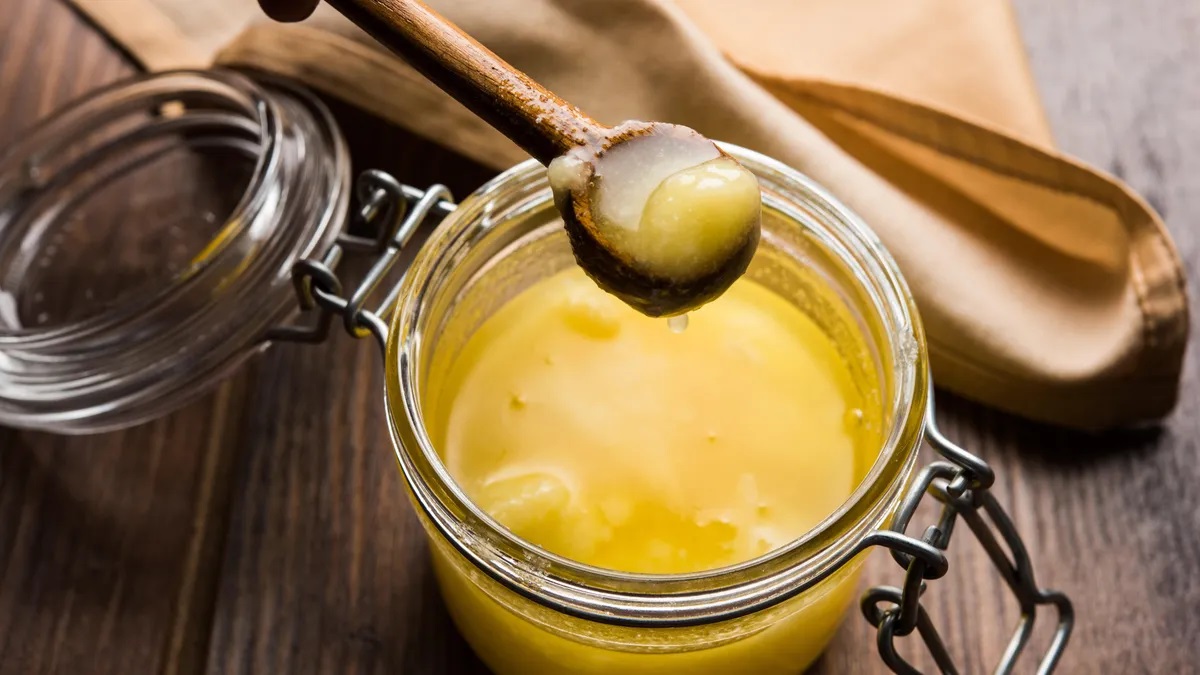
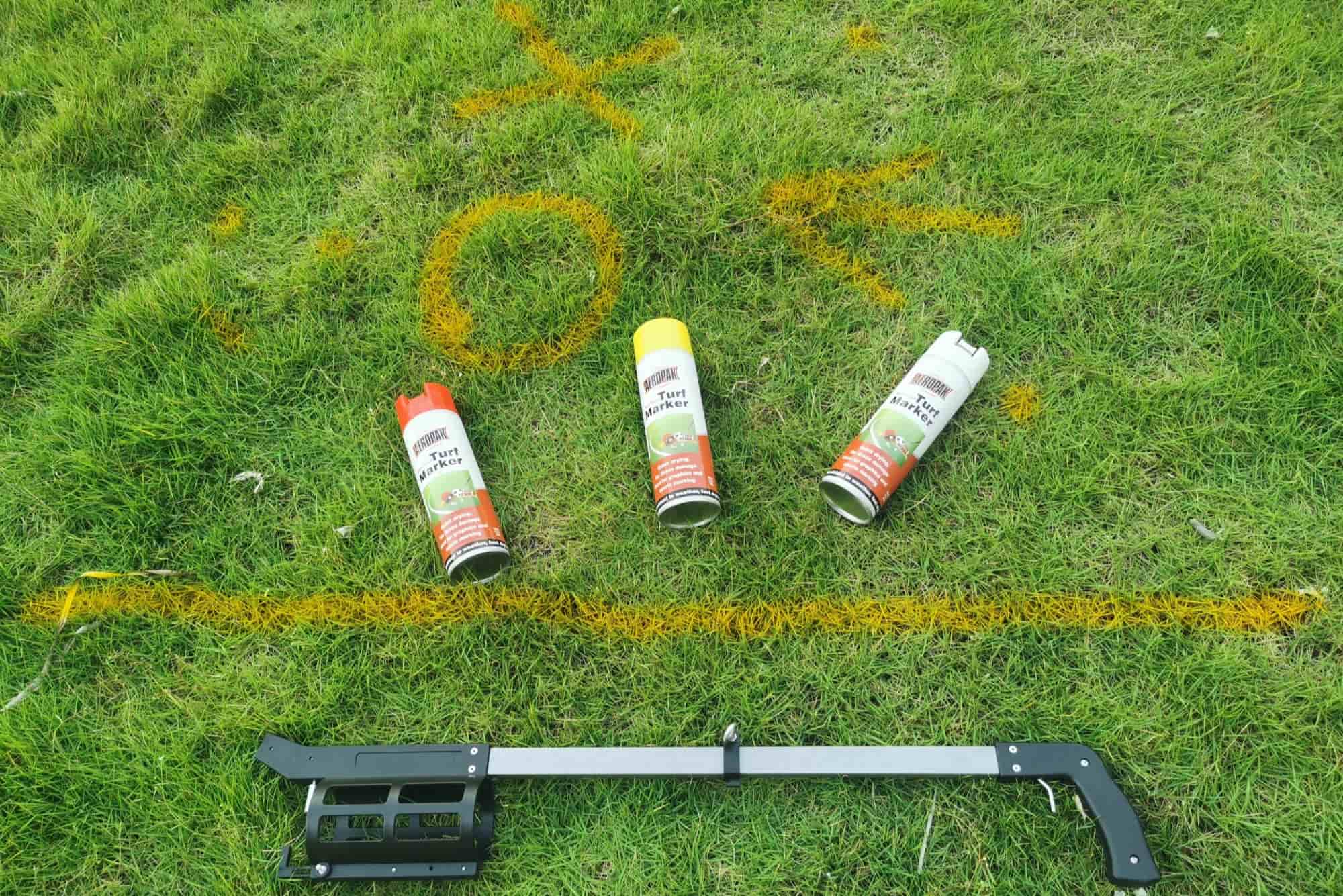

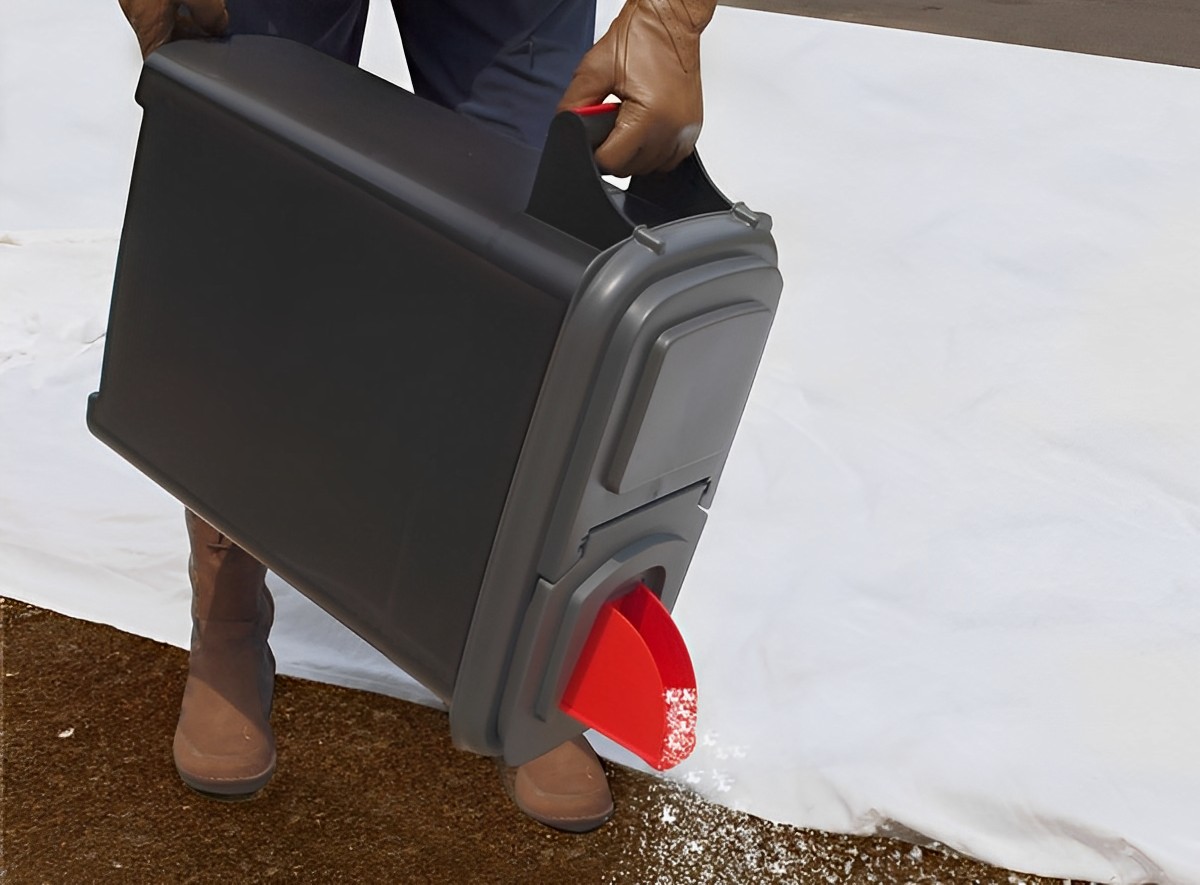
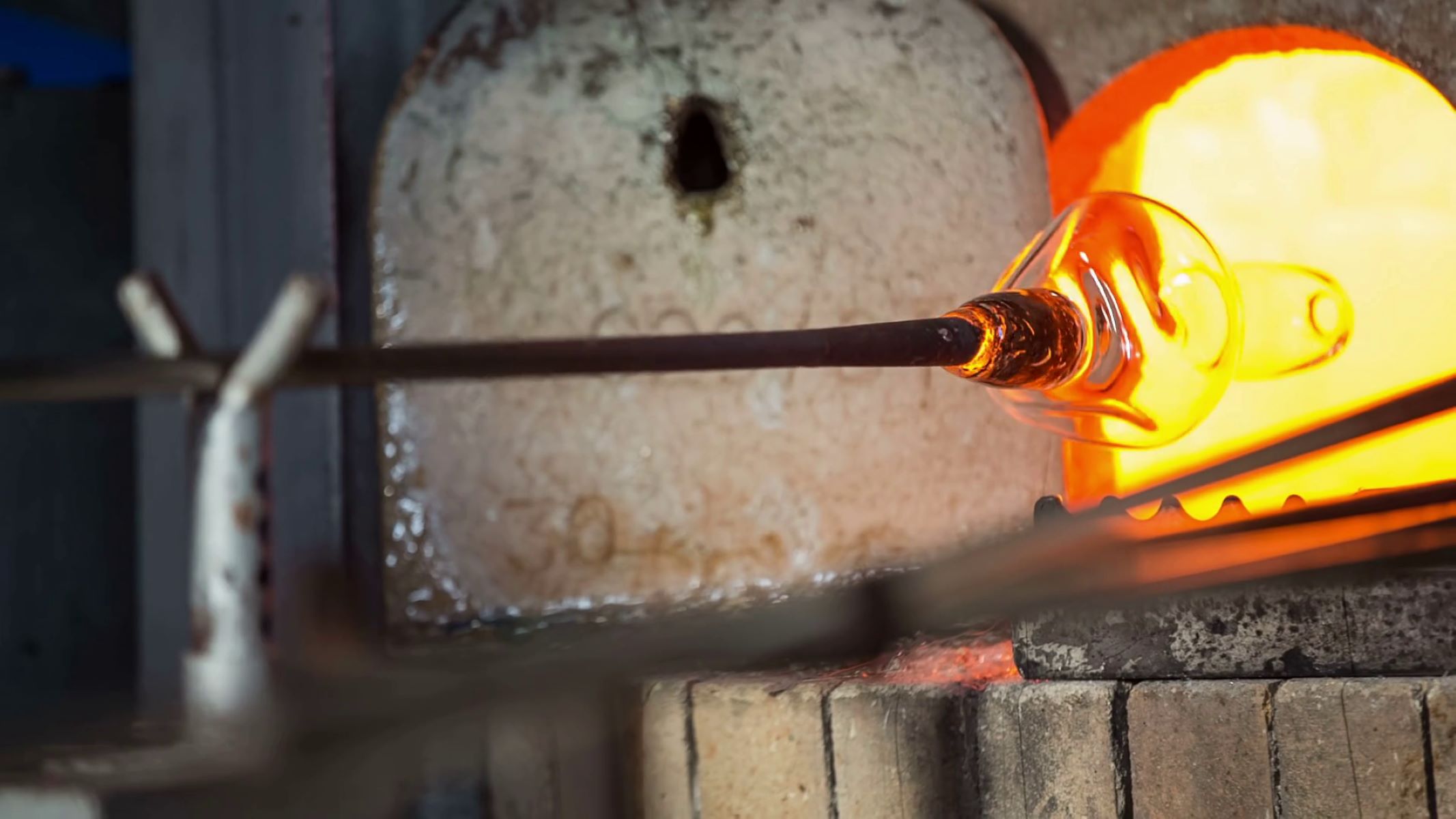

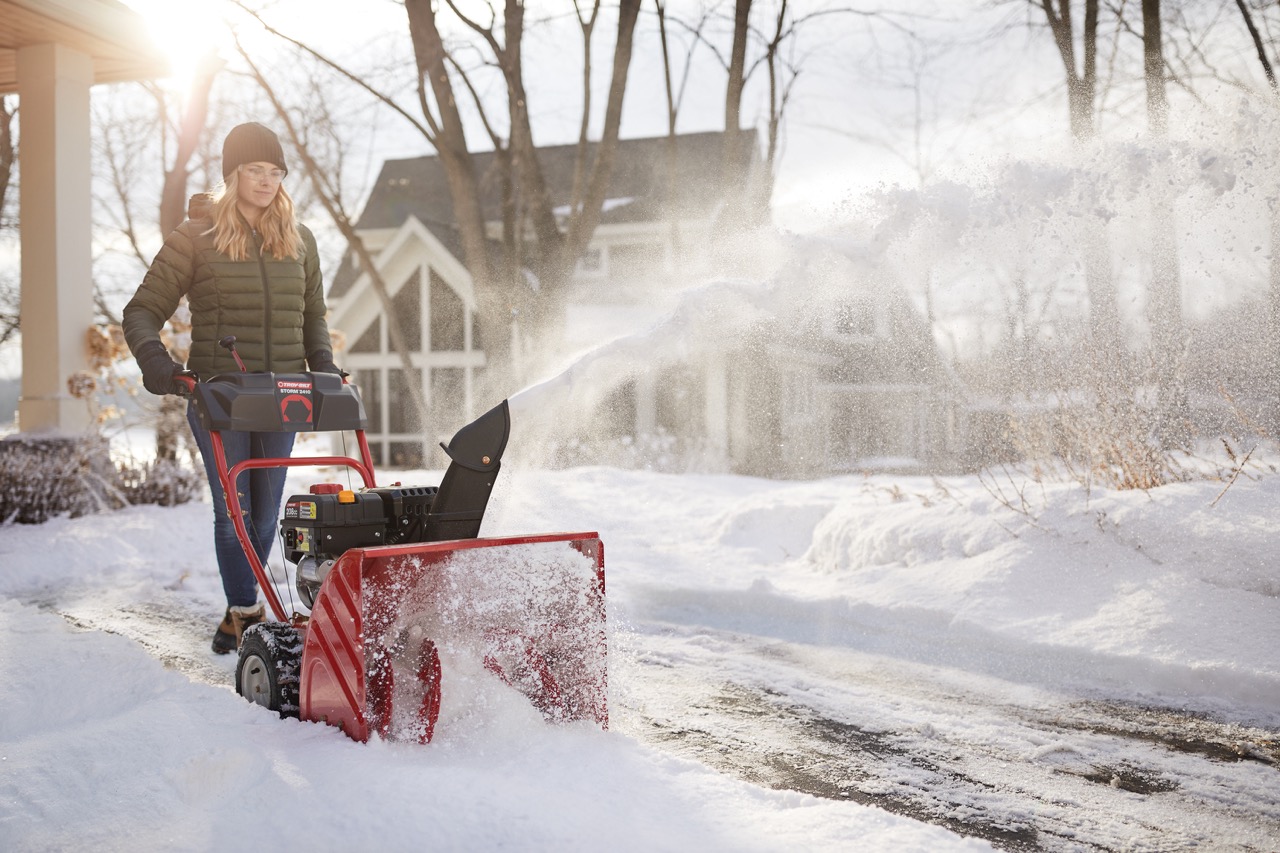

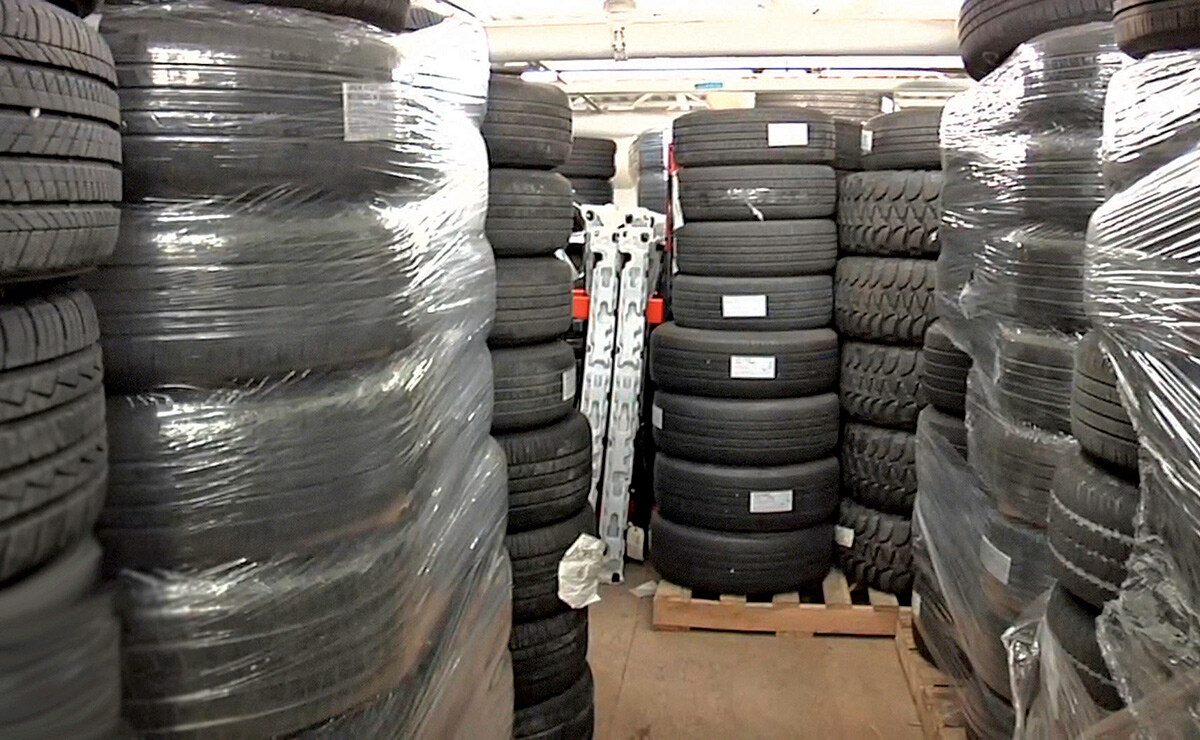

0 thoughts on “How To Melt Snow On Grass”